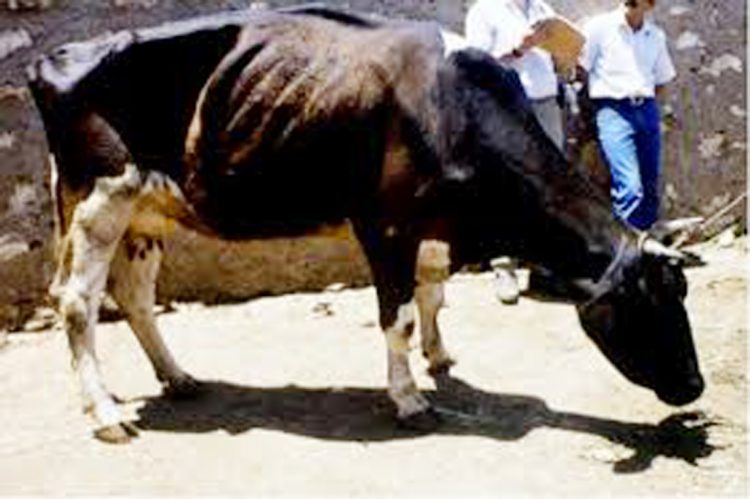In 1888 Victor Babeș first identified the causative agent in Romania and believed it to be due to the bacterium he named Haematococcus bovis.
He documented the disease by describing signs of a severe hemolytic illness seen uniquely in cattle and sheep.
In 1893, Americans Theobald Smith and Fred Kilborne identified the parasite as the causative agent of Texas cattle fever, the same disease described by Babeș. They also identified the tick as the transmitting agent, a discovery which first introduced the concept of arthropods functioning as disease vectors.
It was believed to be a disease that only affected nonhuman mammals, but in 1957 the first case of babesiosis was seen in a human. The person had been splenectomized, as were all people diagnosed with babesiosis until 1969 when the first case of babesiosis was diagnosed in a person who still had their spleen. This proved the parasite was a potential pathogen in anyone.
